Home>Gardening & Outdoor>Pool & Spa Care>How Do You Winterize A Hot Tub
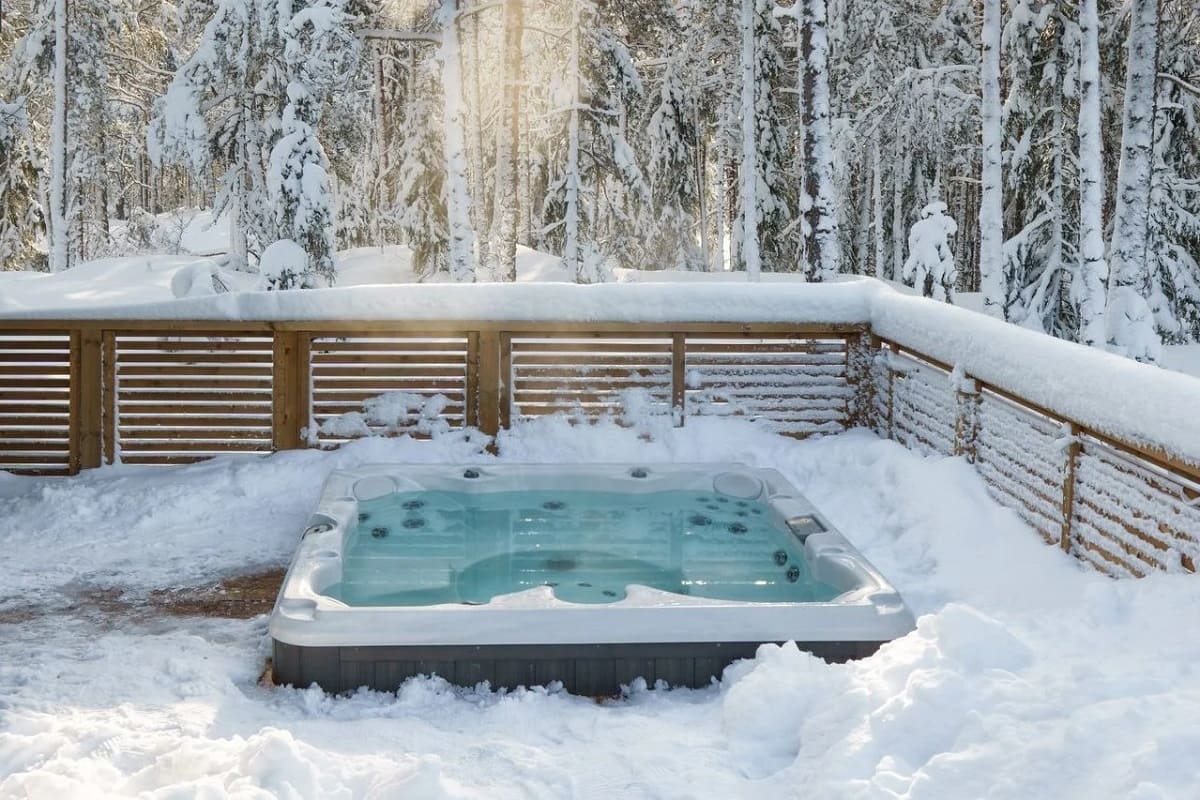

Pool & Spa Care
How Do You Winterize A Hot Tub
Modified: August 23, 2024
Learn how to properly winterize a hot tub with our expert pool and spa care tips. Protect your investment and ensure a smooth reopening in the spring.
(Many of the links in this article redirect to a specific reviewed product. Your purchase of these products through affiliate links helps to generate commission for Storables.com, at no extra cost. Learn more)
**
Introduction
**
So, winter is fast approaching, and you're probably thinking about how to prepare your hot tub for the chilly months ahead. Winterizing your hot tub is crucial to ensure it remains in top condition and ready for use when the warmer days return. In this guide, we'll walk you through the essential steps to winterize your hot tub properly. Whether you're a seasoned hot tub owner or a newbie, understanding the importance of winterizing and knowing the right way to do it will help you protect your investment and enjoy a stress-free spa experience in the future.
Winterizing your hot tub involves a series of tasks aimed at safeguarding its components from freezing temperatures and preventing potential damage. From draining the water to protecting the plumbing and insulating the tub, each step plays a vital role in preserving your hot tub during the winter months. By following the proper winterization process, you can avoid costly repairs and ensure that your hot tub remains in excellent condition for many years to come.
In the following sections, we'll delve into the reasons why winterizing your hot tub is essential, as well as the detailed steps to effectively prepare it for the winter season. Whether you're preparing to winterize your hot tub for the first time or seeking a refresher on the best practices, this guide will equip you with the knowledge and confidence to tackle the task with ease. Let's dive in and explore the world of hot tub winterization!
**
Key Takeaways:
- Protect your hot tub investment by winterizing it to prevent freezing damage, preserve water quality, and ensure safety and longevity.
- Follow essential steps like balancing water chemistry, draining and cleaning, protecting components, insulating, and covering to simplify reopening and avoid costly repairs.
Read more: How To Winterize A Hot Tub In The Winter
Why Winterize Your Hot Tub
**
Winterizing your hot tub is not just a precautionary measure; it is a crucial step in maintaining the longevity and performance of your spa. As the temperature drops, failing to properly winterize your hot tub can lead to a host of issues, including frozen pipes, damaged equipment, and water contamination. Here are some compelling reasons why winterizing your hot tub is imperative:
Protecting Your Investment: Winterizing your hot tub safeguards your investment in this luxurious amenity. By taking the necessary steps to prepare your hot tub for the colder months, you can prevent potential damage that may result in costly repairs or even the need for replacement components.
Preventing Freezing Damage: When water freezes, it expands, posing a significant risk to your hot tub's plumbing and equipment. By winterizing your hot tub and ensuring that all water is removed from the system, you can prevent frozen pipes, cracked fittings, and other damage caused by freezing temperatures.
Preserving Water Quality: During the winter, maintaining proper water chemistry in an unused hot tub can be challenging. Without regular circulation and maintenance, the water can become stagnant, leading to the growth of algae, bacteria, and other contaminants. Winterizing your hot tub helps preserve water quality and prevents the need for extensive cleaning and balancing when you're ready to use it again.
Preventing Equipment Damage: The components of your hot tub, including pumps, heaters, and filters, are susceptible to damage if not properly protected during the winter. By winterizing your hot tub, you can safeguard these vital parts from the harsh effects of cold weather, ensuring that they remain in optimal condition for the next season.
Ensuring Safety: A properly winterized hot tub reduces the risk of accidents and malfunctions during the colder months. By following the recommended winterization procedures, you can minimize the likelihood of equipment failures and ensure that your hot tub is safe and ready for use when the weather warms up.
By understanding the importance of winterizing your hot tub, you can make informed decisions to protect your investment and enjoy a trouble-free spa experience year-round.
**
Steps to Winterize Your Hot Tub
**
Winterizing your hot tub involves a series of essential steps to ensure that it remains in optimal condition during the colder months. By following these steps, you can protect your hot tub from freezing temperatures, preserve its components, and simplify the process of preparing it for use when the weather warms up. Here are the key steps to effectively winterize your hot tub:
- Balance the Water Chemistry: Before beginning the winterization process, it’s crucial to balance the water chemistry in your hot tub. Adjust the pH and alkalinity levels to ensure that the water is properly treated and balanced.
- Drain the Water: Completely drain the water from your hot tub, ensuring that all water is removed from the plumbing and equipment. Use a submersible pump or a siphon to empty the tub completely.
- Clean the Interior: Once the water is drained, thoroughly clean the interior of your hot tub. Remove any debris, scrub the surfaces, and ensure that the tub is free from dirt and contaminants.
- Protect the Plumbing: To prevent damage from freezing temperatures, it’s essential to protect the plumbing in your hot tub. Use a wet/dry vacuum to remove any remaining water from the plumbing lines, jets, and fittings.
- Remove and Clean Filters: Take out the filters from your hot tub and clean them thoroughly. Properly maintaining the filters before winterizing the hot tub ensures that they will be ready for use when you reopen the spa.
- Protect Components: Inspect the components of your hot tub, including the pump, heater, and other equipment. Take the necessary steps to protect these components from freezing temperatures and potential damage.
- Insulate and Cover: Once the hot tub is drained and cleaned, insulate any exposed plumbing and equipment to provide an extra layer of protection. Cover the hot tub with a durable, well-fitting cover to shield it from the elements.
- Perform Final Checks: Before completing the winterization process, perform final checks to ensure that all steps have been carried out effectively. Double-check the insulation, cover, and overall condition of the hot tub to address any potential issues.
By following these steps, you can effectively winterize your hot tub and ensure that it remains in excellent condition throughout the winter season. Proper winterization not only protects your hot tub from damage but also simplifies the process of reopening and enjoying your spa when the weather becomes warmer.
**
Draining and Cleaning Your Hot Tub
**
Draining and cleaning your hot tub are fundamental steps in the winterization process, ensuring that the spa is free from water and contaminants that could cause damage or deterioration during the colder months. Here’s a detailed look at the essential tasks involved in draining and cleaning your hot tub:
Draining the Water: Begin by turning off the power to the hot tub at the circuit breaker. Next, locate the drain valve or plug, typically positioned near the bottom of the tub. Attach a garden hose to the drain outlet and direct it to a suitable drainage area. Open the drain valve and allow the water to flow out completely. For faster drainage, use a submersible pump to remove the remaining water from the tub.
Cleaning the Interior: Once the water is drained, it’s time to clean the interior of your hot tub. Use a non-abrasive spa surface cleaner and a soft cloth to scrub the surfaces, removing any dirt, residue, or scale buildup. Pay special attention to the waterline and any areas prone to grime or debris accumulation. Rinse the interior thoroughly to ensure that all cleaning agents are removed.
Removing Debris: Check for and remove any debris, such as leaves, twigs, or insects, that may have accumulated in the hot tub during regular use. Use a skimmer net or a handheld vacuum to clear the tub of any remaining debris before proceeding with the winterization process.
Cleaning the Cover: While preparing your hot tub for winter, don’t forget to clean the cover. Use a mild soap solution and a soft brush to clean both the interior and exterior of the cover. Rinse it thoroughly and allow it to dry completely before storing it in a dry, well-ventilated area.
Inspecting the Shell and Seals: Take this opportunity to inspect the hot tub shell for any signs of damage, cracks, or wear. Additionally, check the seals and gaskets for any wear or deterioration. Address any issues promptly to prevent potential problems during the winter months.
By draining and cleaning your hot tub meticulously, you can ensure that it is free from water, contaminants, and debris, setting the stage for the subsequent winterization steps. Properly preparing the interior of your hot tub is essential for maintaining its condition and performance during the winter season.
**
To winterize a hot tub, drain the water, clean the tub and filters, and add a winterizing solution to prevent freezing and damage to the plumbing and equipment. Cover the tub with a secure, insulated cover to protect it from the elements.
Protecting Your Hot Tub’s Components
**
As you prepare your hot tub for the winter, it’s crucial to protect its components from potential damage caused by freezing temperatures and harsh weather conditions. By safeguarding the essential parts of your hot tub, you can ensure that it remains in optimal condition and ready for use when the warmer days return. Here are the key steps to protect your hot tub’s components during the winterization process:
Drain the Plumbing: After draining the water from your hot tub, it’s essential to remove any remaining water from the plumbing lines, jets, and fittings. Use a wet/dry vacuum to blow out or suction out any residual water, ensuring that the plumbing is completely dry to prevent freezing and damage.
Protect the Pump and Heater: The pump and heater are critical components of your hot tub that require special attention during winterization. Ensure that these components are thoroughly drained and free from water to prevent freezing and potential damage. Follow the manufacturer’s guidelines for winterizing the pump and heater to protect them effectively.
Remove and Store Accessories: If your hot tub is equipped with accessories such as steps, handrails, or removable jets, consider removing and storing them for the winter. Storing these accessories in a dry, protected area prevents exposure to the elements and prolongs their lifespan.
Inspect and Lubricate Seals: Check the seals, gaskets, and O-rings in your hot tub for any signs of wear or deterioration. Apply a silicone-based lubricant to these components to keep them supple and prevent cracking or damage during the winter months.
Protect the Control Panel: If your hot tub has a control panel or digital display, take measures to protect it from the elements. Consider covering the control panel with a weatherproof shield or using a protective cover to shield it from moisture and potential damage.
Secure Electrical Components: Ensure that all electrical components, including wiring and connections, are secure and protected. Check for any exposed or vulnerable wiring and take steps to shield it from the elements to prevent damage or malfunctions.
By taking these measures to protect your hot tub’s components, you can minimize the risk of damage and ensure that the essential parts of your spa remain in excellent condition throughout the winter. Properly safeguarding the components of your hot tub is essential for preserving its longevity and performance.
**
Read more: How To Keep Hot Tub Hot In Winter
Covering and Insulating Your Hot Tub
**
As part of the winterization process, covering and insulating your hot tub is essential for protecting it from the elements and maintaining its temperature during the colder months. Proper insulation and a well-fitted cover can help prevent heat loss, protect the hot tub’s components, and minimize the impact of freezing temperatures. Here’s a detailed look at the steps involved in covering and insulating your hot tub for the winter:
Select a Durable Cover: If your hot tub is equipped with a cover, ensure that it is in good condition and free from tears, cracks, or damage. If the cover shows signs of wear, consider replacing it with a durable, well-fitting cover designed to provide optimal insulation and protection.
Insulate Exposed Plumbing: Insulating any exposed plumbing lines and equipment can help prevent freezing and damage. Use foam pipe insulation or specially designed covers to shield exposed pipes, fittings, and equipment from the cold, reducing the risk of freezing and potential issues.
Secure the Cover: When covering your hot tub for the winter, ensure that the cover is securely fastened and properly fitted. A snug-fitting cover helps prevent heat loss and protects the interior of the hot tub from debris, snow, and harsh weather conditions.
Consider a Thermal Blanket: A thermal blanket or hot tub cover cap can provide an additional layer of insulation and protection for your hot tub. These specially designed covers help retain heat, minimize evaporation, and reduce the workload on the hot tub’s heating system during the winter.
Seal and Weatherproof: Check the seals and gaskets around the hot tub’s cover and access panels for any signs of wear or damage. Replace worn seals and ensure that the cover and access panels are properly sealed to prevent heat loss and protect the interior of the hot tub from the elements.
Monitor and Adjust: Throughout the winter months, periodically check the cover and insulation to ensure that they remain in good condition and effectively protect your hot tub. Make adjustments as needed to maintain proper insulation and minimize heat loss.
By covering and insulating your hot tub effectively, you can protect it from the effects of cold weather, minimize heat loss, and ensure that it remains in optimal condition during the winter. Proper insulation and a well-maintained cover are essential for preserving your hot tub and simplifying the process of reopening it when the weather becomes warmer.
**
Final Checks and Maintenance
**
As you near the completion of the winterization process for your hot tub, performing final checks and maintenance tasks is essential to ensure that it is fully prepared for the colder months ahead. By conducting thorough inspections and addressing any remaining maintenance needs, you can safeguard your hot tub and enjoy peace of mind throughout the winter. Here are the key final checks and maintenance tasks to consider:
Inspect the Cover and Seals: Check the hot tub cover and its seals for any signs of wear, damage, or deterioration. Ensure that the cover fits securely and that the seals provide a tight, weatherproof seal to protect the interior of the hot tub from the elements.
Verify Drainage and Cleaning: Double-check that the hot tub has been drained completely, and the interior has been cleaned thoroughly. Ensure that all debris, residue, and contaminants have been removed to prevent potential issues during the winter months.
Review Insulation and Protection: Inspect the insulation around the hot tub, including any added insulation and covers for exposed plumbing and equipment. Verify that the insulation is in good condition and effectively protects the hot tub from freezing temperatures and heat loss.
Check Electrical Connections: Ensure that all electrical connections are secure and protected from the elements. Verify that wiring, outlets, and connections are shielded and free from exposure to moisture or potential damage.
Verify Water Chemistry: Before closing the hot tub for the winter, double-check the water chemistry and adjust the pH and alkalinity levels as needed. Maintaining balanced water chemistry during the winter helps prevent scale buildup and ensures that the water remains in good condition.
Perform Equipment Maintenance: Take this opportunity to perform any necessary maintenance on the hot tub’s components, such as the pump, heater, and filters. Address any maintenance needs and ensure that the equipment is in good working order before the winter sets in.
Document the Winterization Process: Keep a record of the winterization process, including the steps taken, maintenance tasks completed, and any issues addressed. This documentation can serve as a helpful reference when reopening the hot tub in the future.
By performing these final checks and maintenance tasks, you can ensure that your hot tub is fully prepared for the winter and that any potential issues have been addressed. Thorough inspections and maintenance contribute to the overall protection and longevity of your hot tub, setting the stage for a smooth reopening when the weather becomes warmer.
**
Conclusion
**
As you wrap up the process of winterizing your hot tub, you’ve taken significant steps to protect and preserve this valuable investment during the colder months. By following the essential winterization procedures, you’ve safeguarded your hot tub from freezing temperatures, potential damage, and the effects of harsh weather conditions. As a result, you can look forward to enjoying a stress-free spa experience when the warmer days return. Here’s a brief recap of the key takeaways from this guide:
Importance of Winterization: Winterizing your hot tub is crucial for protecting your investment, preventing freezing damage, preserving water quality, and ensuring the safety and longevity of your spa.
Essential Steps: The process of winterizing your hot tub involves balancing the water chemistry, draining and cleaning the interior, protecting the components, insulating and covering the hot tub, and performing final checks and maintenance.
Long-Term Benefits: Proper winterization not only safeguards your hot tub during the winter but also simplifies the process of reopening and enjoying your spa when the weather becomes warmer. By taking the necessary steps now, you can avoid potential issues and costly repairs in the future.
As you complete the winterization process, you can take pride in knowing that your hot tub is well-prepared for the winter months. By investing the time and effort to carry out these essential tasks, you’ve demonstrated a commitment to maintaining your hot tub in top condition and ensuring that it will continue to provide relaxation and enjoyment for years to come.
Remember to keep a record of the winterization process, including any maintenance tasks completed and the condition of your hot tub. This documentation will serve as a valuable reference when you’re ready to reopen your hot tub for the spring and summer seasons.
Thank you for taking the proactive steps to winterize your hot tub. By prioritizing its care and protection, you’re setting the stage for a seamless transition into the colder months and future enjoyment of your rejuvenating hot tub experience.
Frequently Asked Questions about How Do You Winterize A Hot Tub
Was this page helpful?
At Storables.com, we guarantee accurate and reliable information. Our content, validated by Expert Board Contributors, is crafted following stringent Editorial Policies. We're committed to providing you with well-researched, expert-backed insights for all your informational needs.
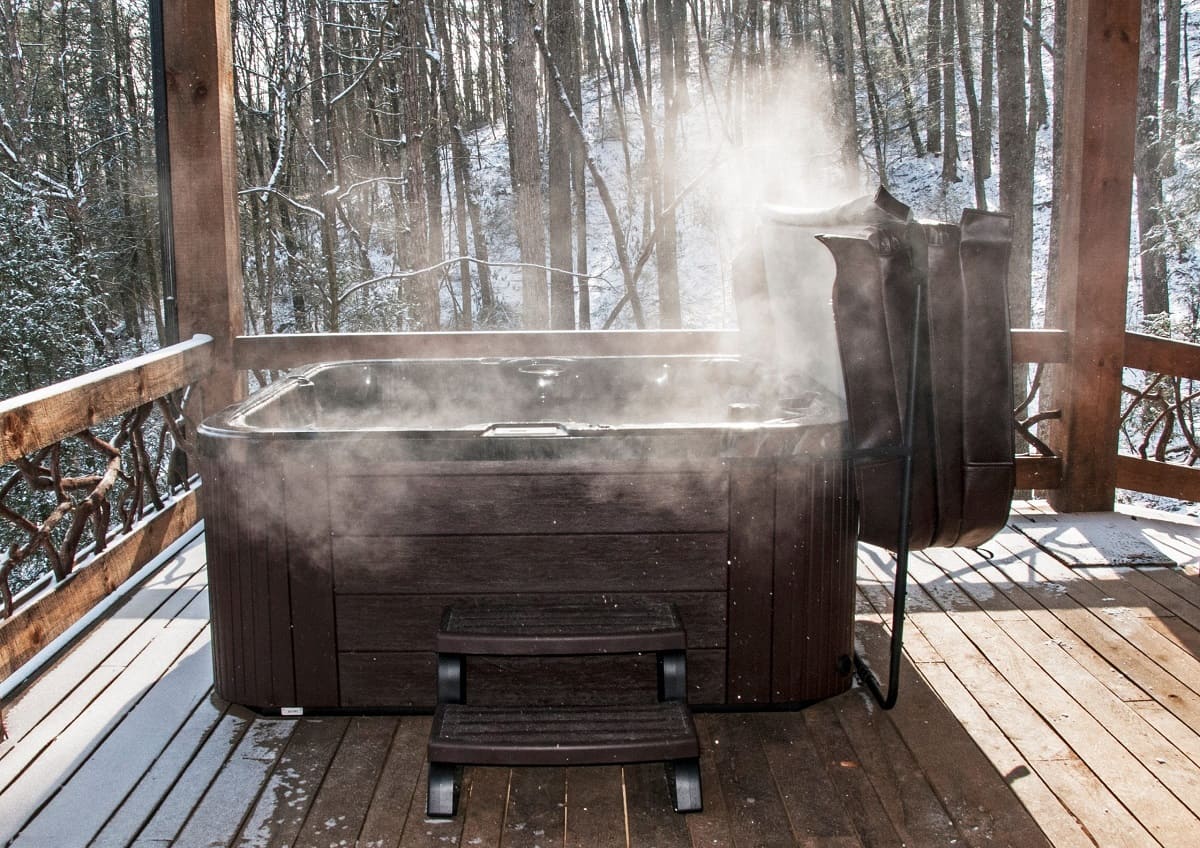
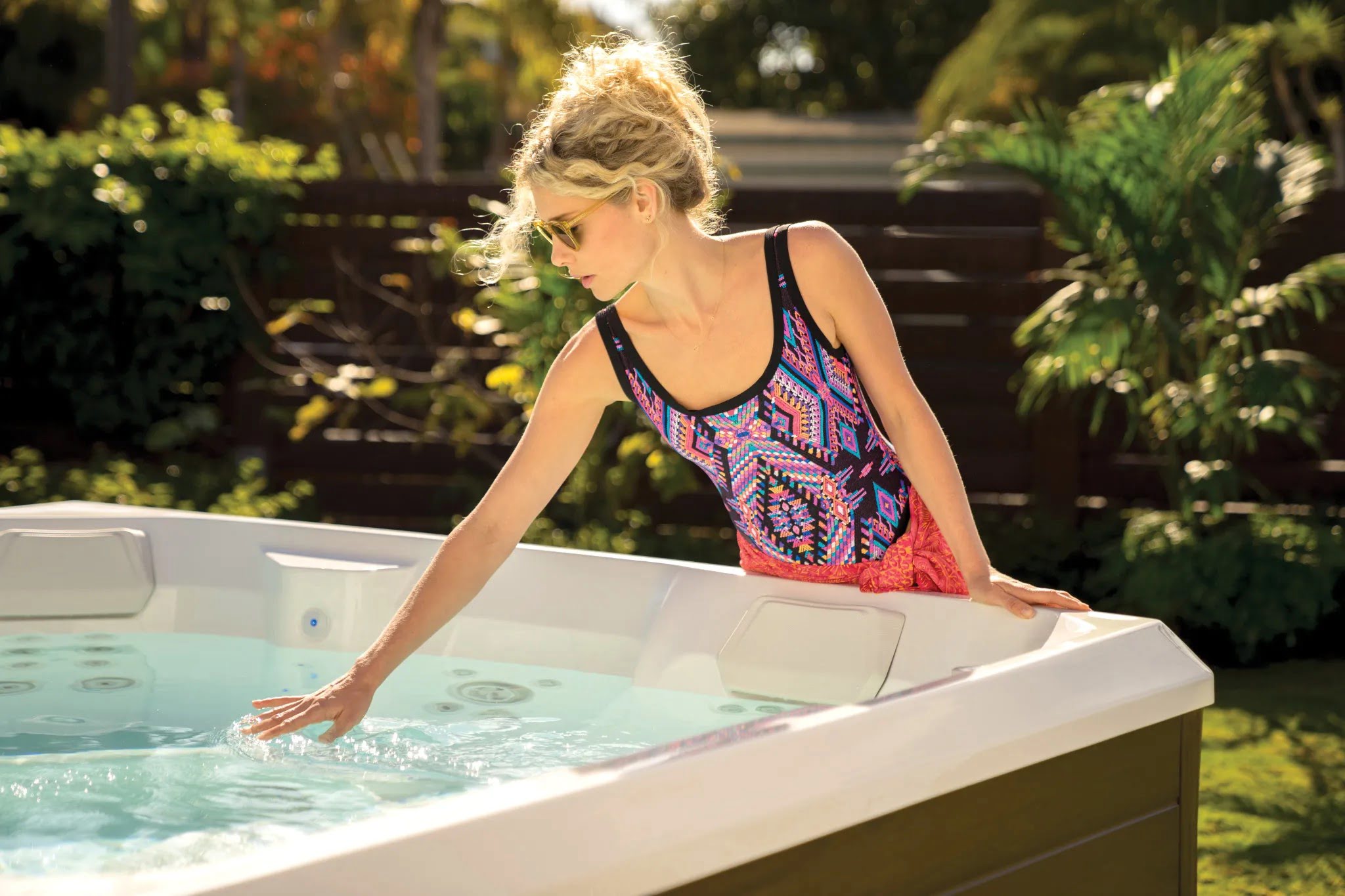

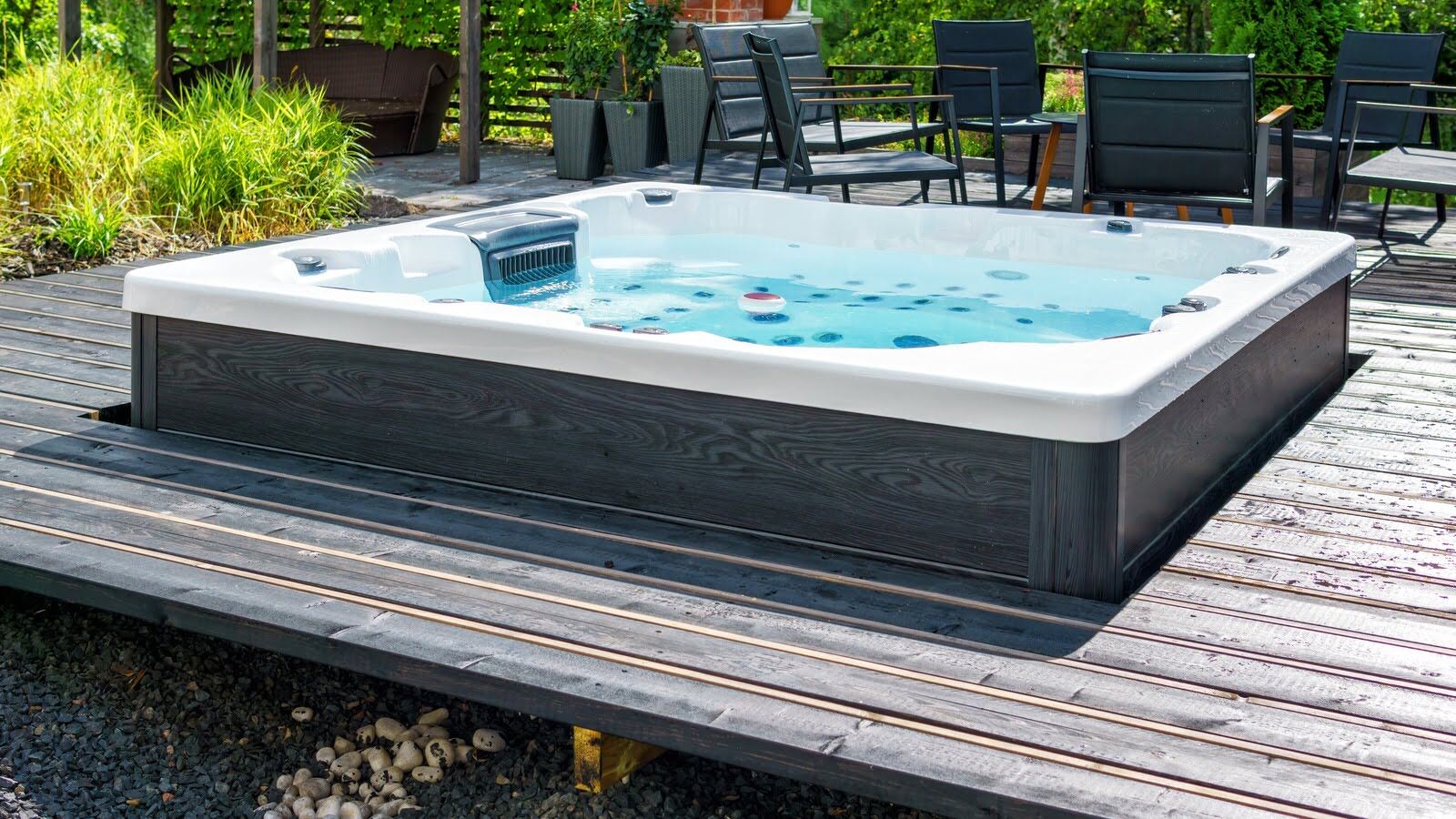
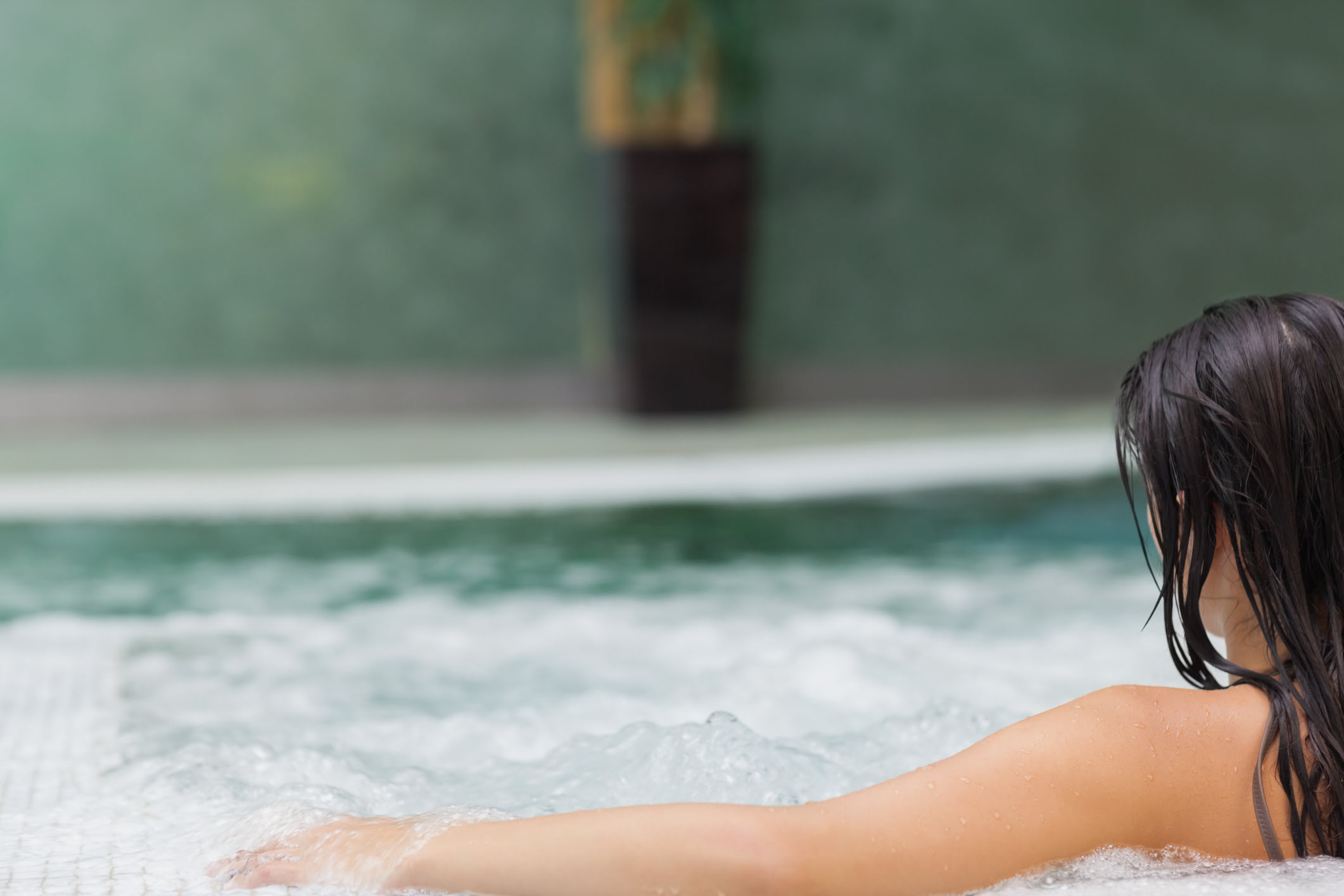

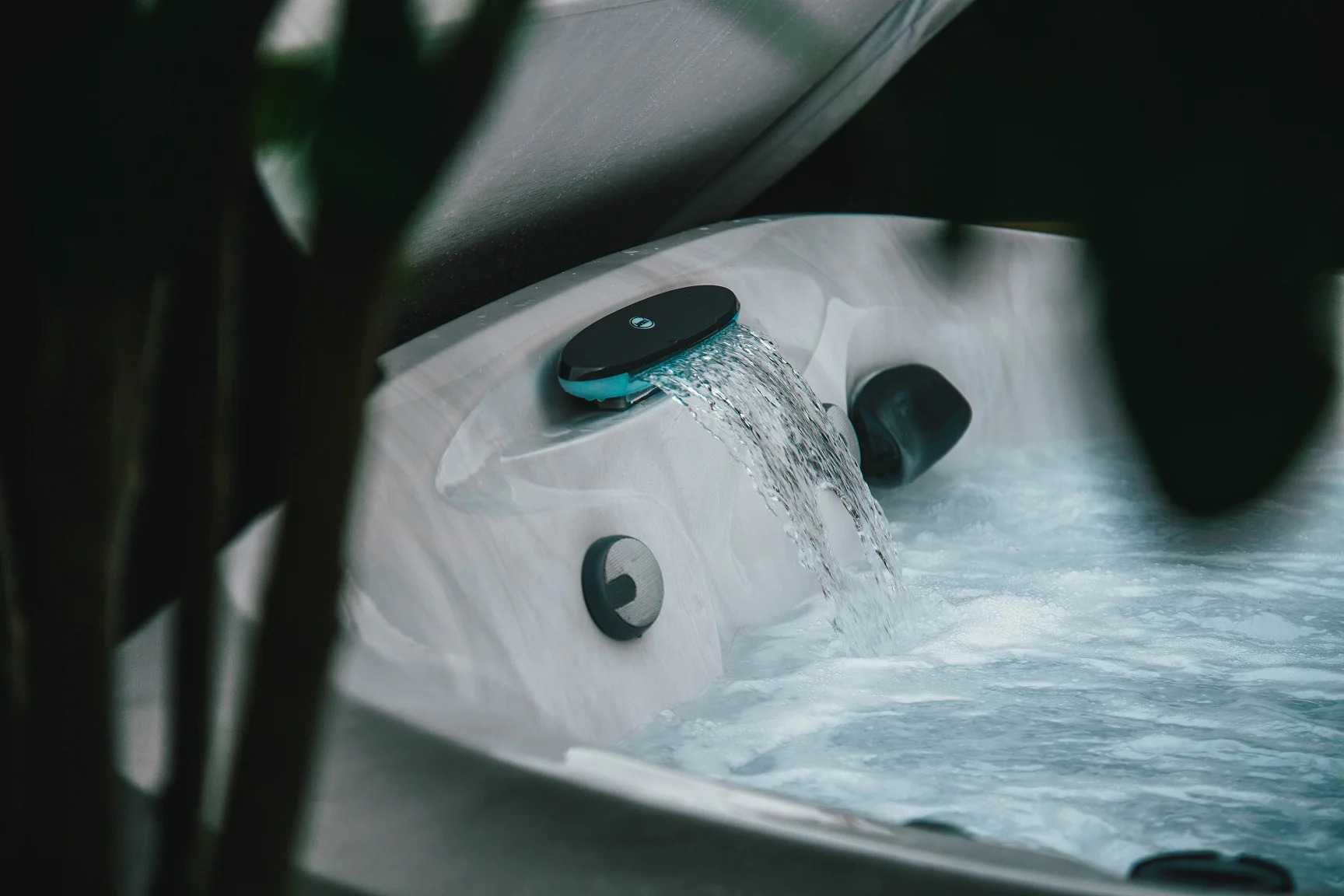
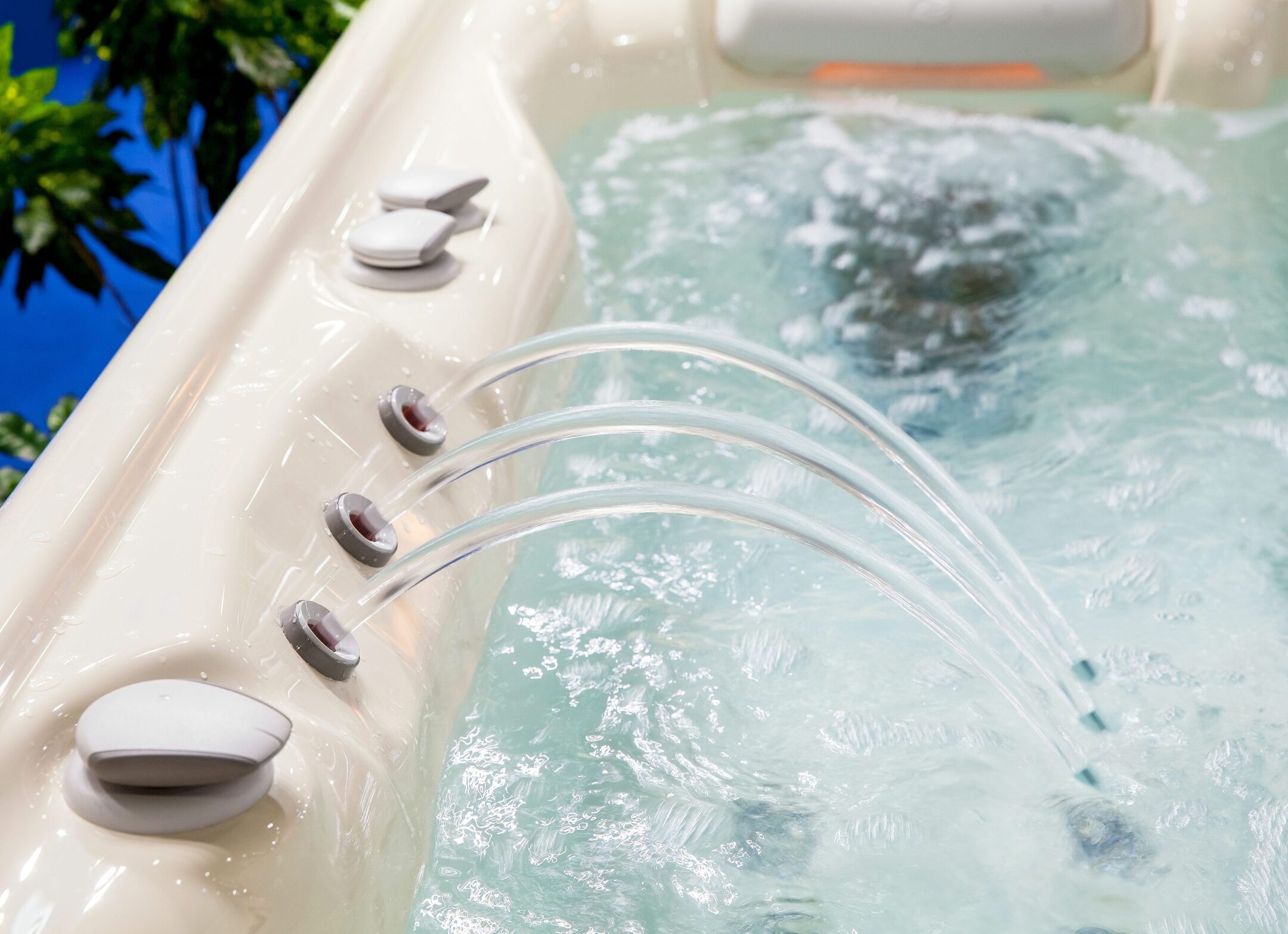
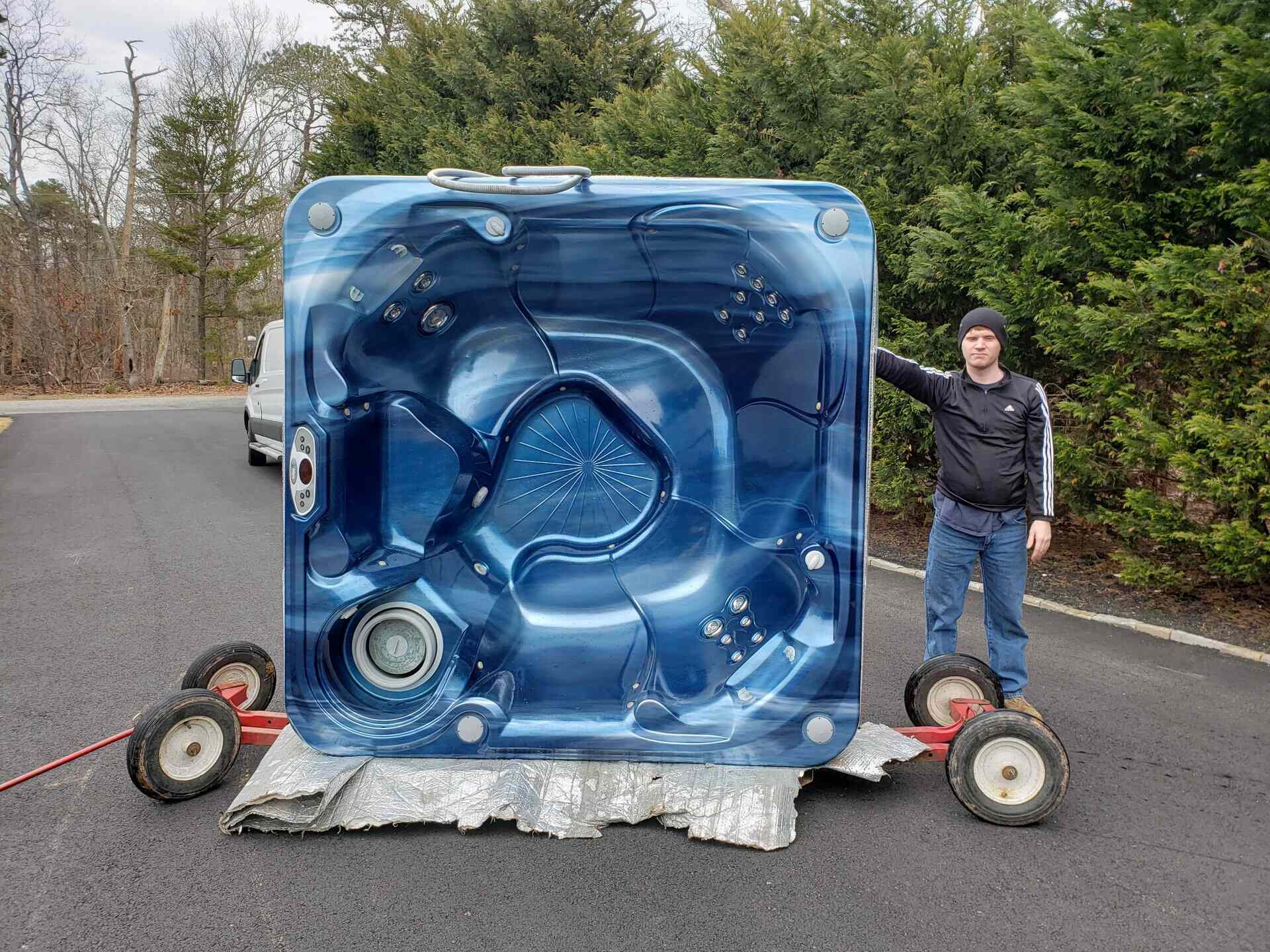
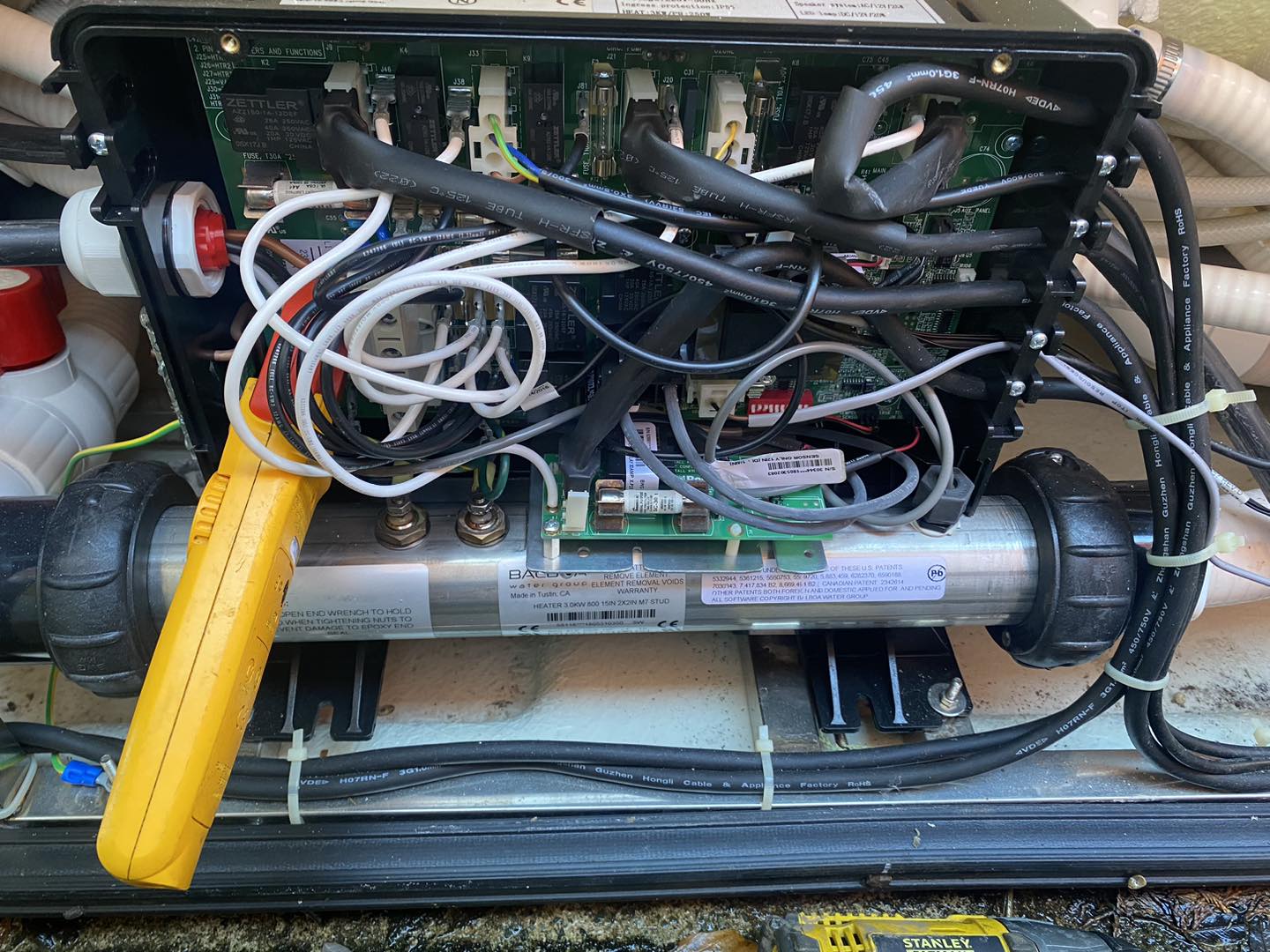

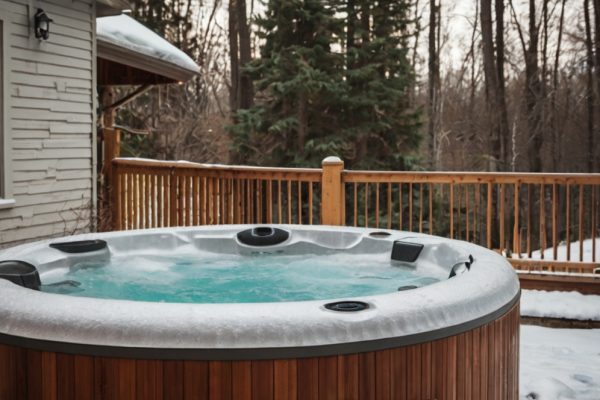
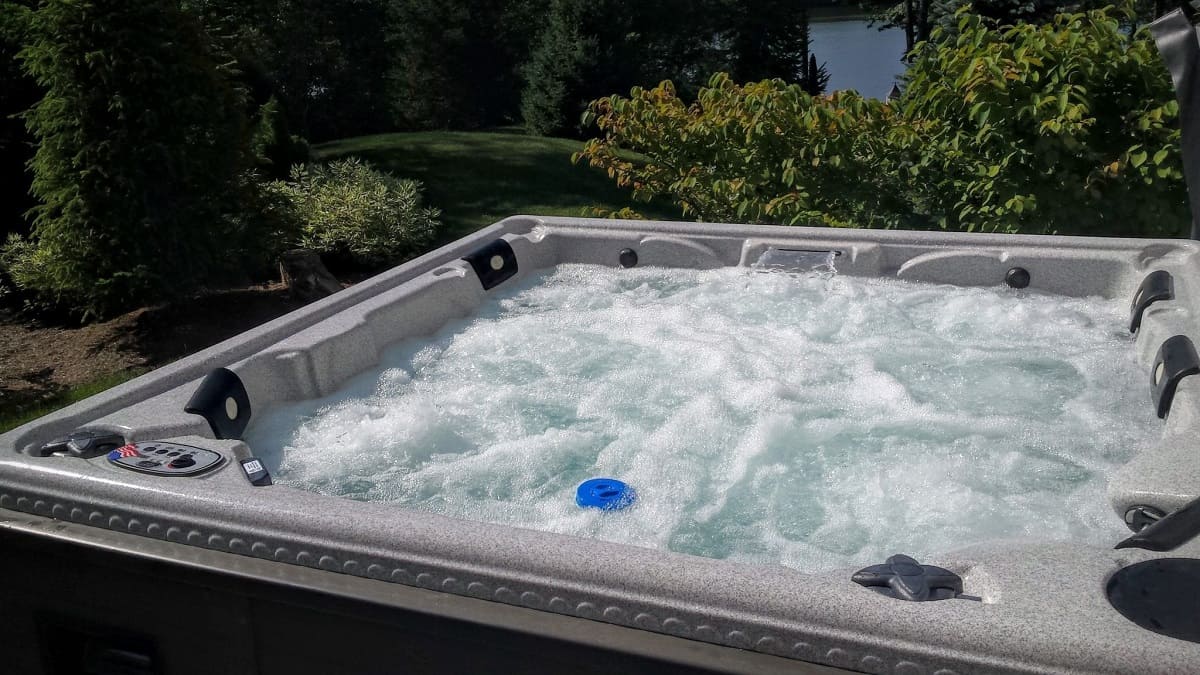
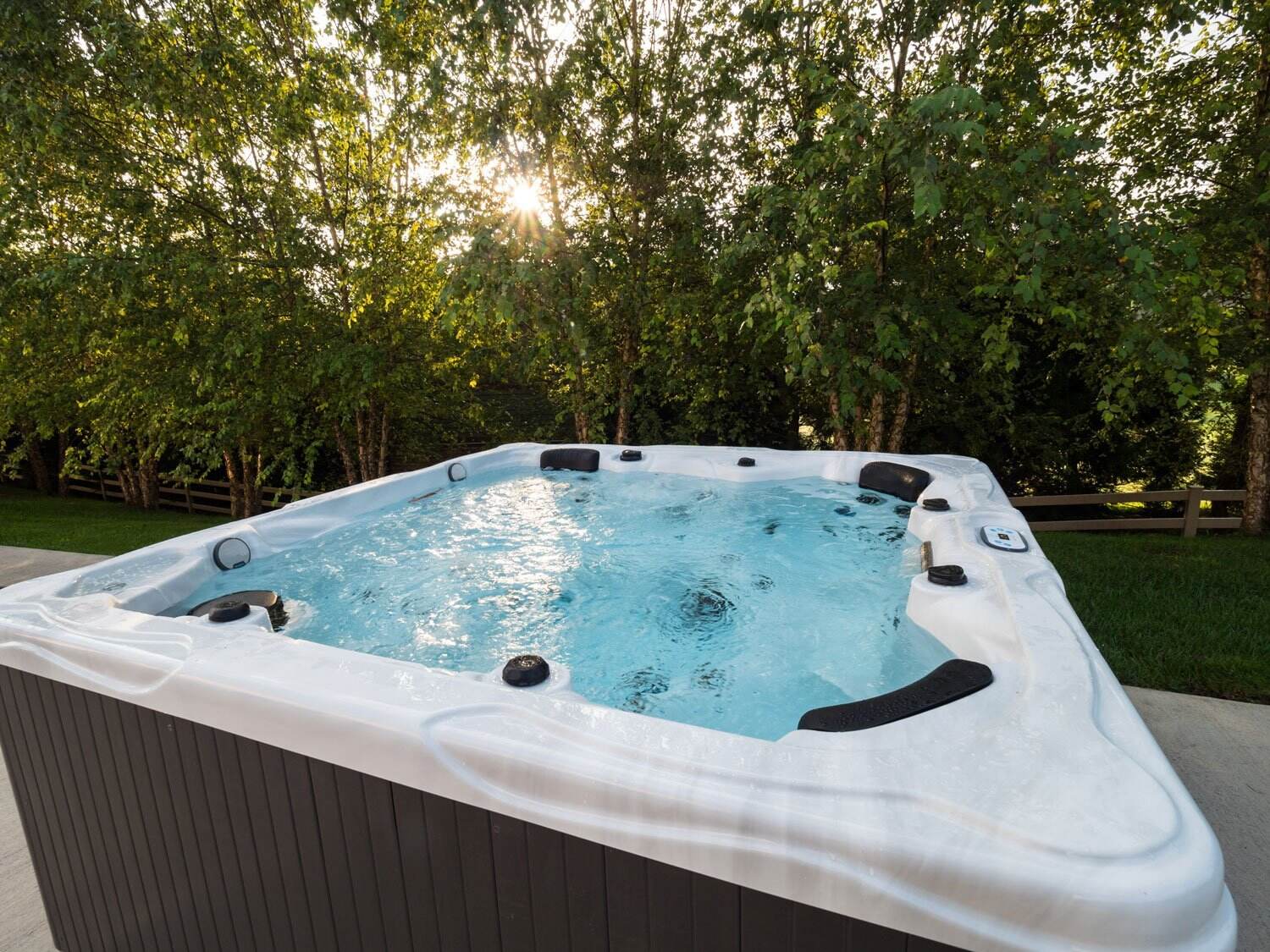

0 thoughts on “How Do You Winterize A Hot Tub”